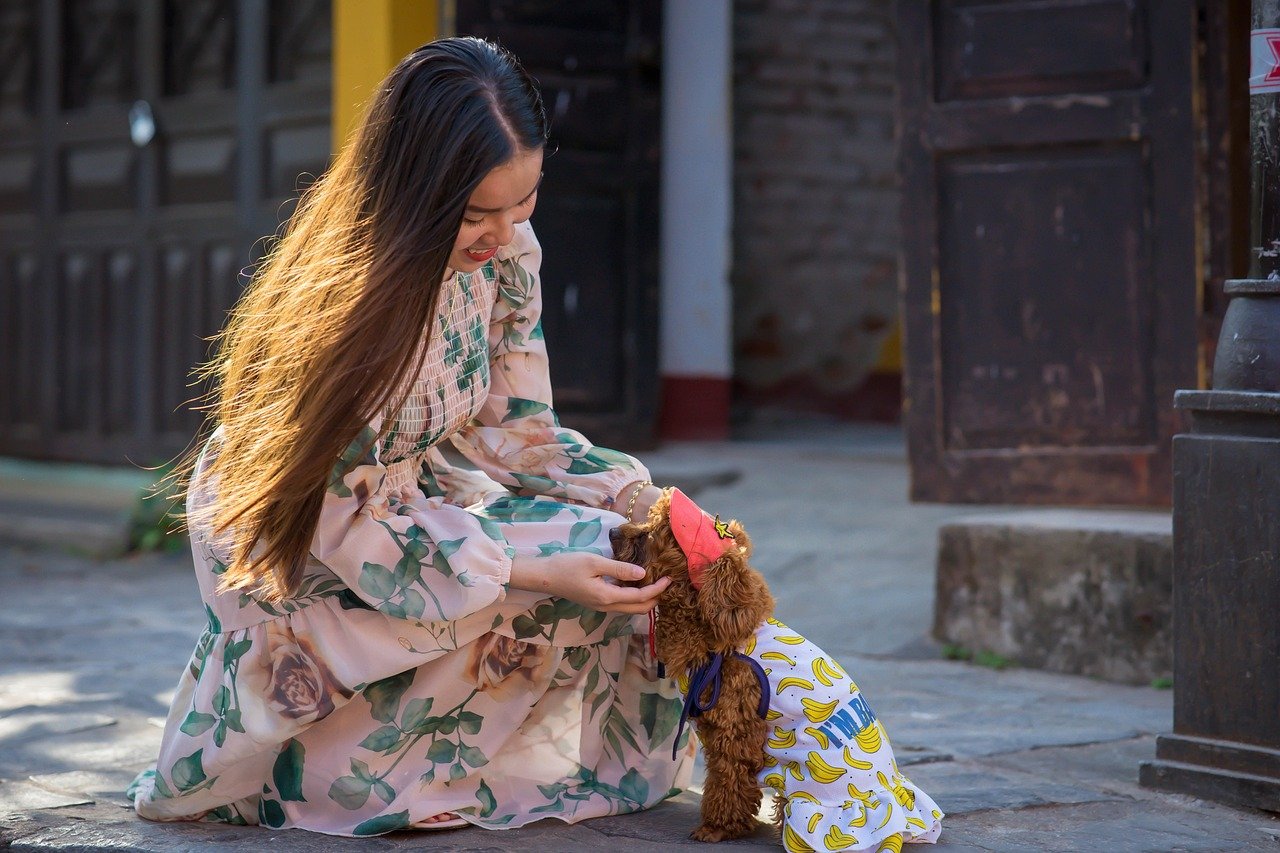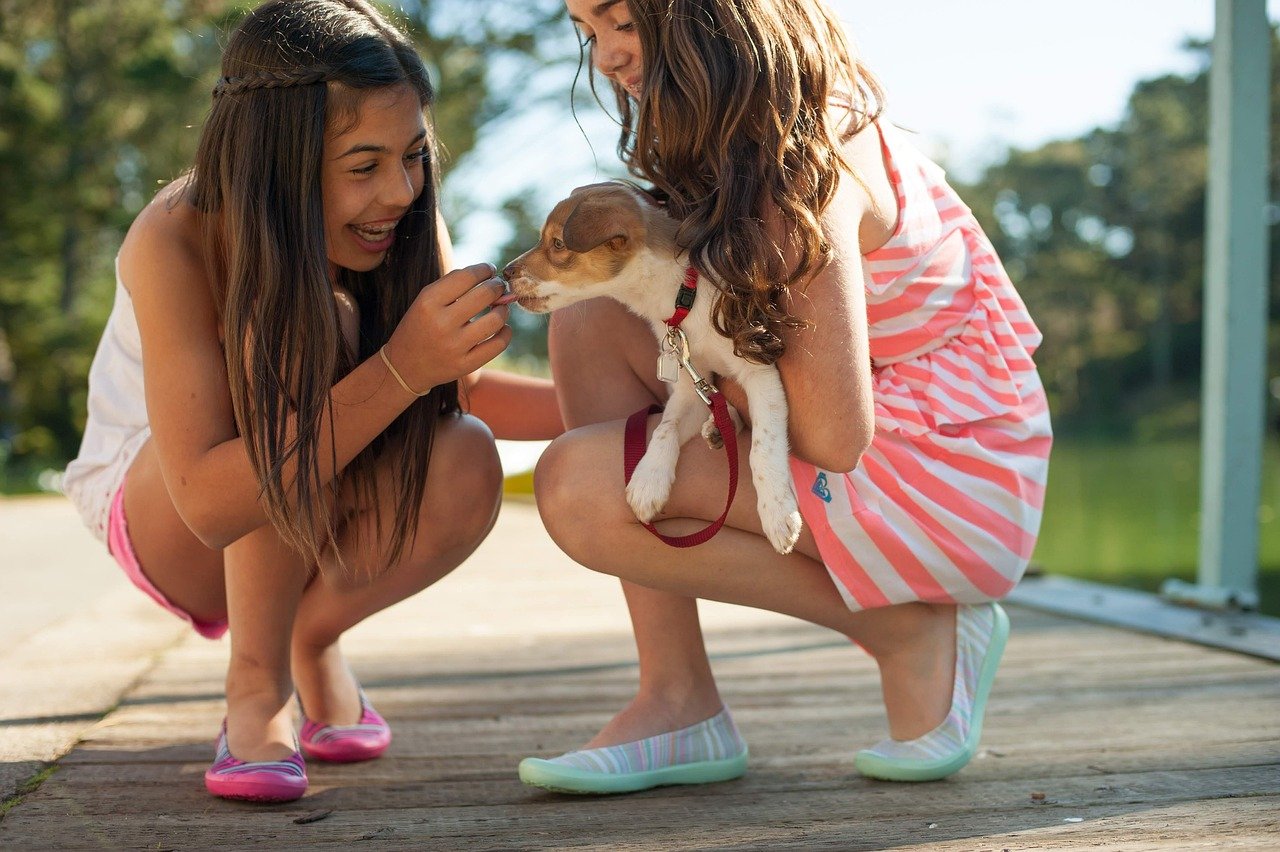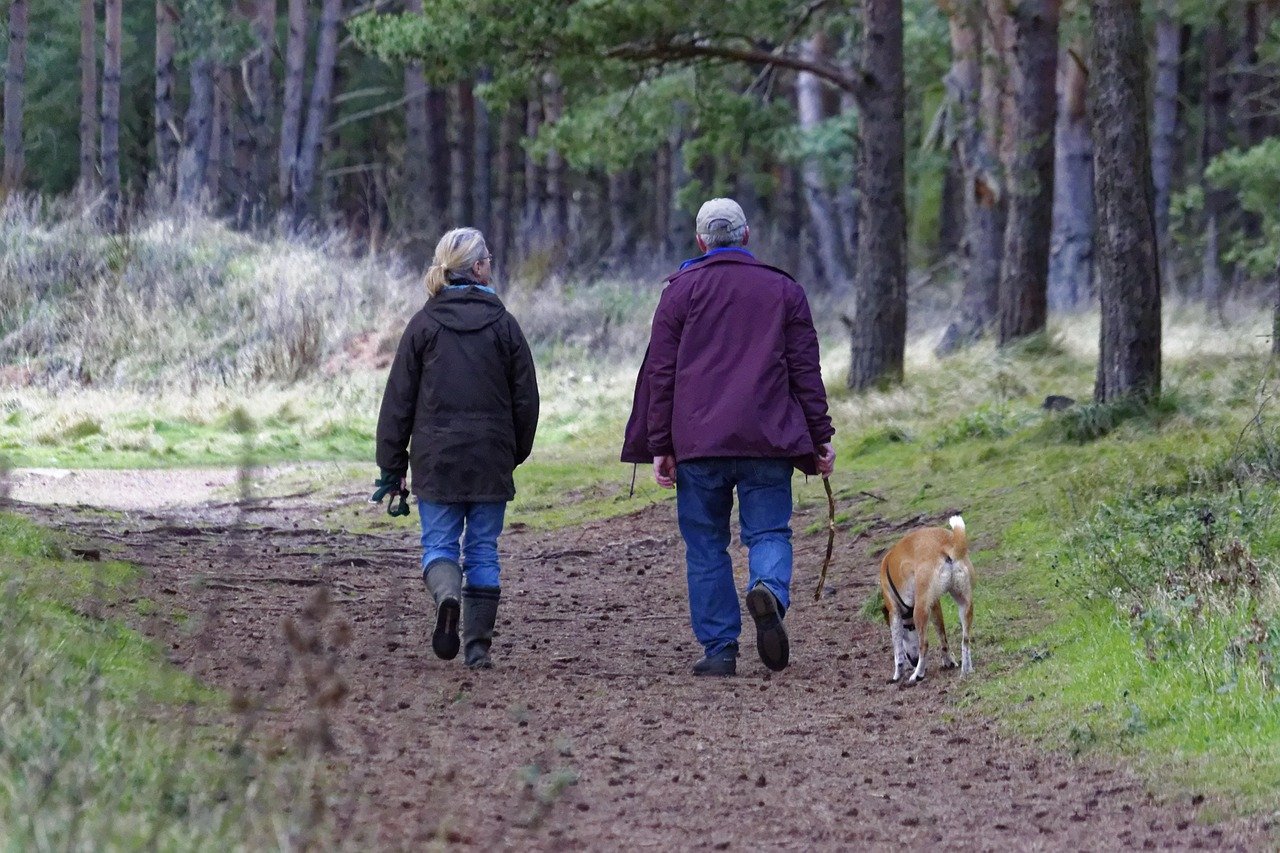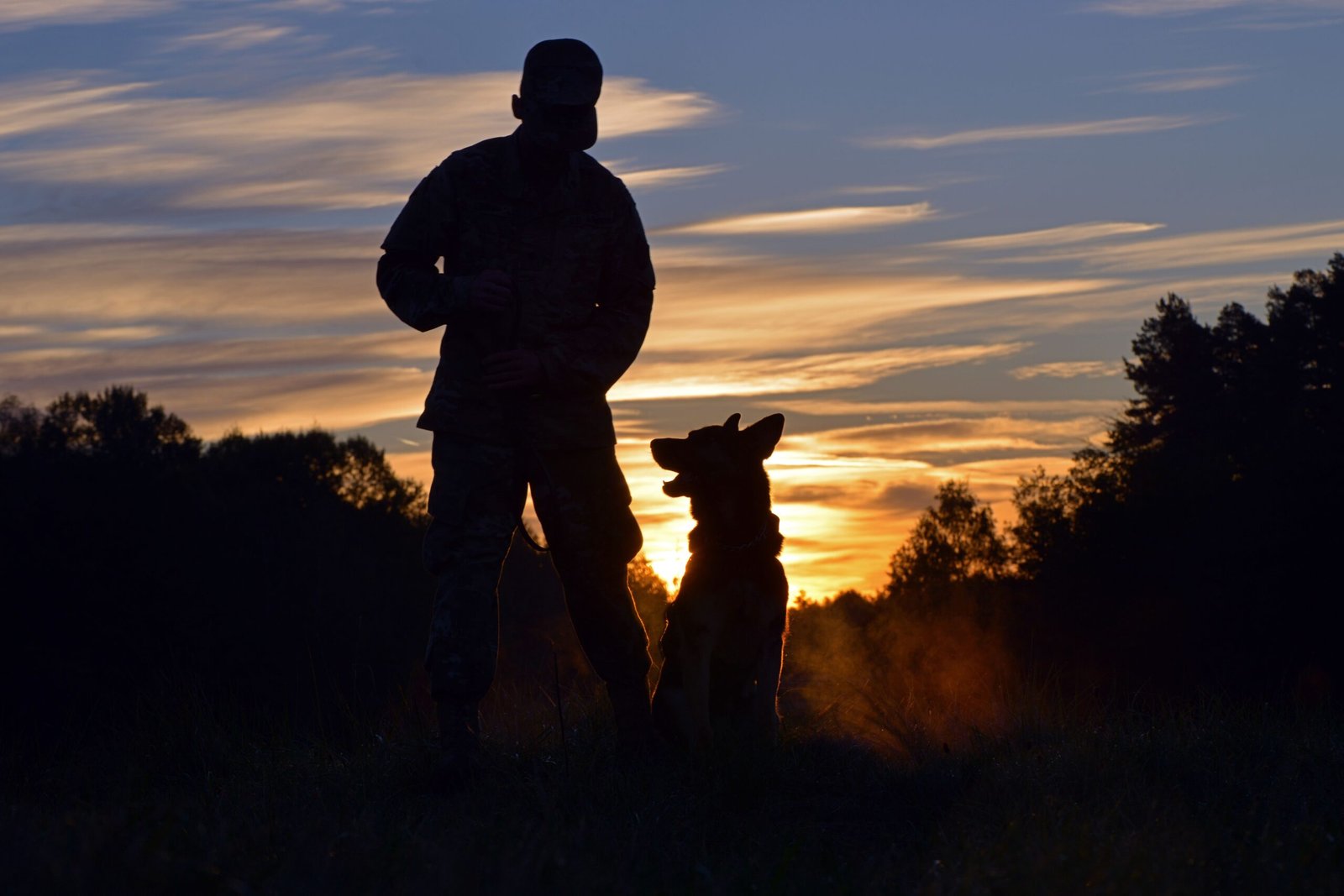Have you ever wondered why some dogs instantly light up around their humans while others seem skittish or distant? The truth is, trust isn’t just something dogs are born giving out freely—it’s something we humans have to earn, step by step, habit by habit. It’s the small, simple things you do every day that make your dog look at you with those heart-melting eyes and know, deep down, “I’m safe here.” If you’re ready to strengthen the bond with your furry best friend and see your dog’s loyalty shine like never before, read on for the 15 most powerful habits that build unwavering trust with your dog.
Keeping a Predictable Routine
Dogs thrive on predictability. When your dog knows that breakfast comes after your morning coffee and that walks happen around the same time each day, their world feels safe and manageable. This consistency in daily life reassures your dog that you’re dependable. Even small routines, like greeting your dog every morning and saying goodnight, help them feel secure. Think of it as their version of a cozy, soft blanket—routine wraps them in comfort. If you must change the schedule, ease into it slowly. The more predictability you offer, the more your dog will trust you to keep their world steady, even when life gets a little chaotic.
Using Gentle, Calm Body Language
Dogs are masters at reading human body language. Sudden movements, looming over them, or tensing up can be startling. Instead, try to approach your dog with slow, relaxed gestures and a soft tone. Kneel beside them instead of towering above. Keep your hands visible and your movements fluid. This communicates to your dog that you are not a threat and that they can relax around you. Over time, your calm presence becomes a signal of safety, making your dog more likely to come to you when they’re unsure or scared.
Offering Positive Reinforcement

Everyone likes to be praised for doing well—and dogs are no different. When your dog sits politely or comes when called, reward them with treats, affection, or excited praise. Positive reinforcement tells your dog that good things happen when they trust and listen to you. This approach also helps build your dog’s confidence, as they learn that making choices you like leads to happy outcomes. Over time, this habit strengthens your bond, turning you into your dog’s favorite person to please.
Respecting Their Space

Just like people, dogs sometimes need a little “me time.” Respecting your dog’s boundaries means not forcing hugs or cuddles if they aren’t in the mood. If your dog retreats to their bed or crate, let them rest undisturbed. Watch for signs that your dog wants space, like turning their head, yawning, or walking away. When your dog realizes you respect their needs, they’ll trust you not to overwhelm them, making them more comfortable seeking you out when they’re ready for affection.
Speaking in a Soft, Friendly Voice

The tone of your voice matters more than the words you say. Dogs pick up on emotion in your voice, and a gentle, friendly tone can soothe nerves and build trust. Avoid shouting or using a harsh tone, especially during discipline. Instead, maintain a calm voice even when you’re correcting behavior. Your dog will feel safer knowing that you won’t lash out unexpectedly, making them more likely to approach you in any situation.
Practicing Patience Every Day
Building trust is a journey, not a sprint. If your dog is nervous or slow to learn, patience is key. Avoid getting frustrated if they don’t understand immediately. Instead, take a deep breath and offer them time to process. Celebrate small victories—maybe your shy pup finally took a treat from your hand, or your energetic dog sat still for a moment. Each patient interaction shows your dog that you’ll never give up on them, no matter how long it takes.
Engaging in Playful Activities

Nothing brings a dog and their human closer than a good old-fashioned game of fetch or tug-of-war. Play is more than just fun—it’s a way for your dog to see you as a source of joy and excitement. Playtime also allows your dog to blow off steam and develop a positive association with your presence. Tailor games to your dog’s personality; some love to chase, while others prefer gentle wrestling or simply a squeaky toy. Sharing laughter and play builds a foundation of trust that’s hard to shake.
Listening to Their Needs
True trust comes from feeling heard. Watch your dog for clues about what they need—whether that’s a bathroom break, a drink of water, or some time to sniff around during walks. Responding to these needs shows your dog that you care about their comfort and happiness. If your dog seems anxious in certain situations, take note and avoid pushing them too far. Listening, in this case, means being attuned to your dog’s body language and subtle signals, proving to them that you’re always paying attention.
Offering Regular, Gentle Touch

Physical affection is a powerful way to show your dog they are loved. Light petting, gentle ear rubs, or belly scratches can soothe your dog and build a sense of closeness. Pay attention to how your dog likes to be touched—some prefer a scratch behind the ears, while others love a long back rub. Never force physical contact; instead, let your dog come to you. Over time, your gentle touch becomes a signal of comfort and security, deepening the bond between you.
Rewarding Calm Behavior
Dogs can sometimes get overly excited or anxious. When your dog remains calm—perhaps lying quietly at your feet or waiting patiently at the door—acknowledge this with praise, treats, or gentle petting. This reinforces that calmness is valued and makes your dog feel understood. Consistently rewarding calm behavior helps your dog associate you with peace and stability, encouraging even the most energetic pups to relax in your presence.
Keeping Promises and Following Through
Dogs may not understand every word you say, but they do learn quickly whether your actions match your intentions. If you promise a walk, follow through. If you say “all done” after a grooming session, stop as promised. These little moments teach your dog that your word means something. Over time, your dog will rely on your consistency, which nurtures deeper trust and reduces anxiety over what might come next.
Introducing New Situations Gradually
New experiences—like meeting strangers, visiting the vet, or hearing loud noises—can be overwhelming for dogs. When introducing your dog to something unfamiliar, go slow. Let them investigate at their own pace and offer treats and praise for brave behavior. Stay calm and reassuring so your dog can look to you for guidance. Gradual exposure helps your dog feel safe, knowing you’ll never force them into scary situations, and that you’ll always be by their side.
Being Mindful of Their Fears

Every dog has something that makes their heart race—a thunderstorm, fireworks, or even the vacuum cleaner. Instead of brushing off these fears, acknowledge them. Offer comfort by sitting close, speaking softly, or providing a safe space where your dog can retreat. Never force your dog to confront their fears head-on or punish them for feeling scared. Showing empathy during these moments teaches your dog that you’re their ally, not just in good times, but through every challenge.
Making Time for Daily Walks

Walks are more than just a bathroom break for dogs—they’re a chance to explore, exercise, and bond with you. Prioritizing daily walks, even when you’re tired or busy, shows your dog that their happiness matters. Use walks as a time to connect, let your dog sniff and explore, and occasionally change up the route for a bit of excitement. These shared adventures help build a sense of teamwork and trust, making every walk a highlight of your dog’s day.
Offering Healthy Food and Treats
The way to a dog’s heart is often through their stomach. Providing nutritious meals and occasional healthy treats shows your dog you care about their well-being. Dogs quickly learn to trust the hands that feed them. Make mealtime a pleasant, stress-free experience by keeping it calm and positive. Avoid using food as a bribe or withholding it as punishment. Instead, let food be a way to nurture trust, showing your dog that you’ll always provide for them.
Communicating With Consistency

Clear, consistent communication is the cornerstone of a trusting relationship. Use the same cues for commands and always reward the correct response. Avoid changing rules on a whim; for example, if your dog isn’t allowed on the couch, stick to it every day. Consistency reduces confusion and helps your dog understand what you expect. Over time, your dog will trust that you’ll always be fair, leading to a deeper, more harmonious bond.

Born and bred in South Africa, a Capetonian at heart. Amy-Leigh’s love for nature and animals was inherited from her Dad. He loves taking the family on road trips to experience nature at its finest; Amy-Leigh’s favourite being whale watching in Hermanus and spotting Kudu along the West Coast. Amy-Leigh holds a BA in English Literature and Communication Studies.





